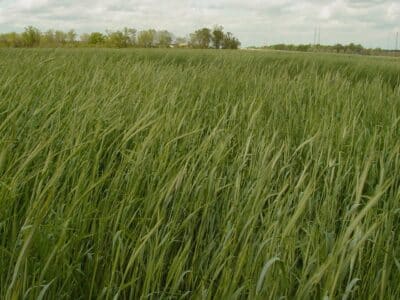An innovative new machine called the Integrated Harrington Seed Destructor (iHSD) has demonstrated promising abilities to destroy a wide range of weed seeds at harvest time, according to weed scientists at the University of Arkansas and Texas A&M University. The iHSD could prevent weed seeds from returning to the soil seedbank and causing future weed problems.
Annie Klodd, Lauren Lazaro, Jason Norsworthy, and Muthu Bagavathiannan
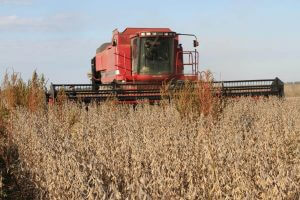
Escaped weeds are a normal occurrence for farmers. They happen, whether due to incomplete herbicide control, application issues, or herbicide resistance, among other reasons. The ongoing rise in herbicide-resistant weeds across the US raises the risk of escape issues.
Unfortunately, escaped weeds must be taken seriously or they will translate into future weed problems and increase the risk of herbicide resistance. While low numbers of escaped weeds do not usually result in crop yield loss that year, the seeds they produce affect future weed management. Their seeds, which vary in quantity by species but often total many thousands per plant, fall to the ground at the end of the season or are dispersed as they exit a combine, ultimately building up the soil weed seedbank for years to come.
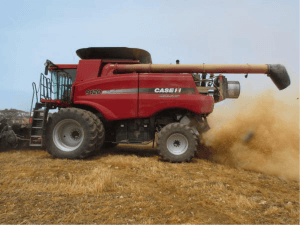
Waterhemp can shatter up to 1 million seeds per plant that last for up to 17 years in the soil seedbank. Morningglory seeds can germinate at least 39 years after they shatter onto the soil. Other weeds like Palmer amaranth may last for much shorter durations (Palmer averages 3-4 years) but shatters hundreds of thousands of seeds per plant. Because of this, each escaped plant has a sizable impact on the field’s future weed challenges. Because of this, preventing escaped weed seeds is an important component of a sound weed management strategy.
Weed scientists at the University of Arkansas and Texas A&M University are studying how a machine called the iHSD can be used to destroy escaped weed seeds during harvest, so that they cannot re-enter the soil seedbank. The iHSD is an impact mill that is built into the rear of the combine.* During harvest, it takes in the chaff before it exits the combine, and finely pulverizes it enough to damage or destroy the weed seeds contained in it. Then it shoots the ground chaff back out on the field.
The iHSD destroys seeds from several common weed species
To test the performance of the iHSD in destroying weeds, they used a stationary model of the machine and ran chaff of soybean and rice through it containing a known amount of seeds from several common weed species. They then collected the ground chaff that exited the machine. They grew out the ground chaff material in a greenhouse and counted the percentage of seeds that were destroyed versus how many were still able to germinate, and compared that with the number that entered the combine.
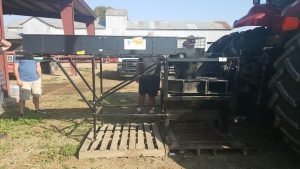
They found that the iHSD unit was highly effective at destroying weed seeds of many common species. It destroyed the seeds of all weed species tested by over 97.5% in both soybean and rice chaff. For most species including barnyardgress, giant ragweed, johnsongrass, rice flatsedge, and Palmer amaranth, the iHSD destroyed over 99% of their seeds past the point of germination. This was compared to the germination rate prior to entering the HSD. The large common cocklebur seeds, while the lowest in control, were still destroyed by 97.5%. Palmer amaranth seeds could not survive the iHSD, which destroyed 100% of them.
The researchers were able to conclude that crop type (soybeans or rice) and size of the weed seeds does not matter, since the iHSD was able to effectively destroy seeds of many sizes from different species, both broadleaf and grass, in both soybean and rice.
They also tested how the moisture content of the soybean chaff would affect how well the iHSD worked on it. Seed destruction was high under varying moisture levels, but they warn that chaff over 16% moisture could eventually clog the machine. The speed at which the chaff was fed into the machine, which would relate to the speed of the combine and yield potential, also did not affect the iHSD’s efficacy for either crop.


The future of the iHSD
These results show that that iHSD can do a very robust job of destroying the seeds of escaped weeds, preventing build-up of the soil weed seed bank in the field. In the face of herbicide resistance, this is especially important due to the potential of these stubborn weeds to escape early season control measures.
The researchers hope to perform in-field testing of the iHSD in top US crops, to test its full capacity in real production settings. The role of harvest weed seed control measures like this also partially depend on the amount of seeds that remain on the plants at the time of harvest. Seeds that have already fallen will not be impacted by the iHSD. To answer this question, research is currently on-going by our team to track the percentages of seeds that remain on the weeds at the time of harvest, in soybean fields throughout the US.
Watch the video below to see the stationary testing model of the iHSD grinding chaff for this research.
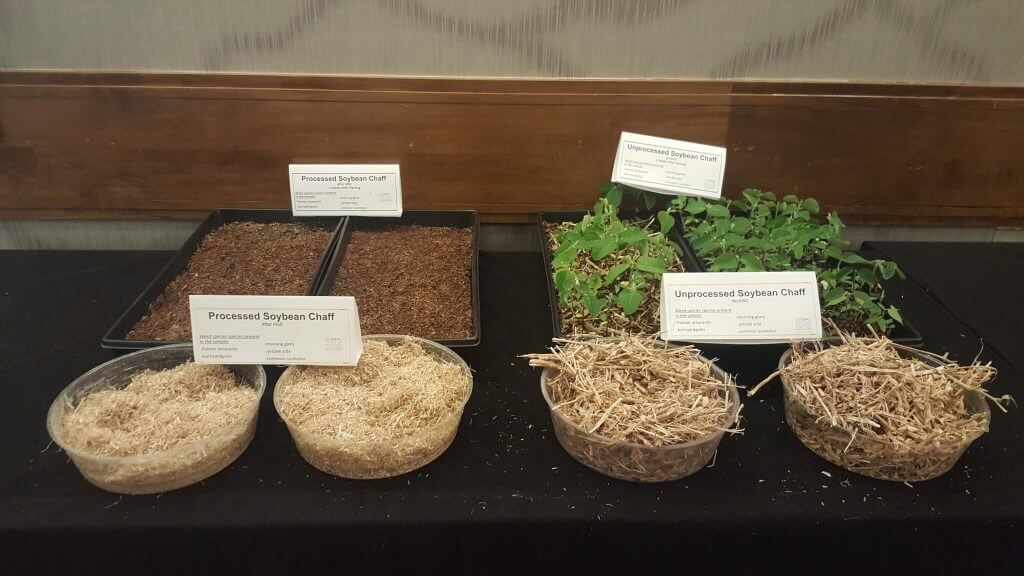
*Note: An earlier version of this machine, simply called the “Harrington Seed Destructor” (HSD) trailed behind the combine instead of being integrated into it. The HSD functioned the same but was large as drag-behind equipment, and relatively heavy. The built-in design of the newer iHSD saves on weight, size, and costs.


